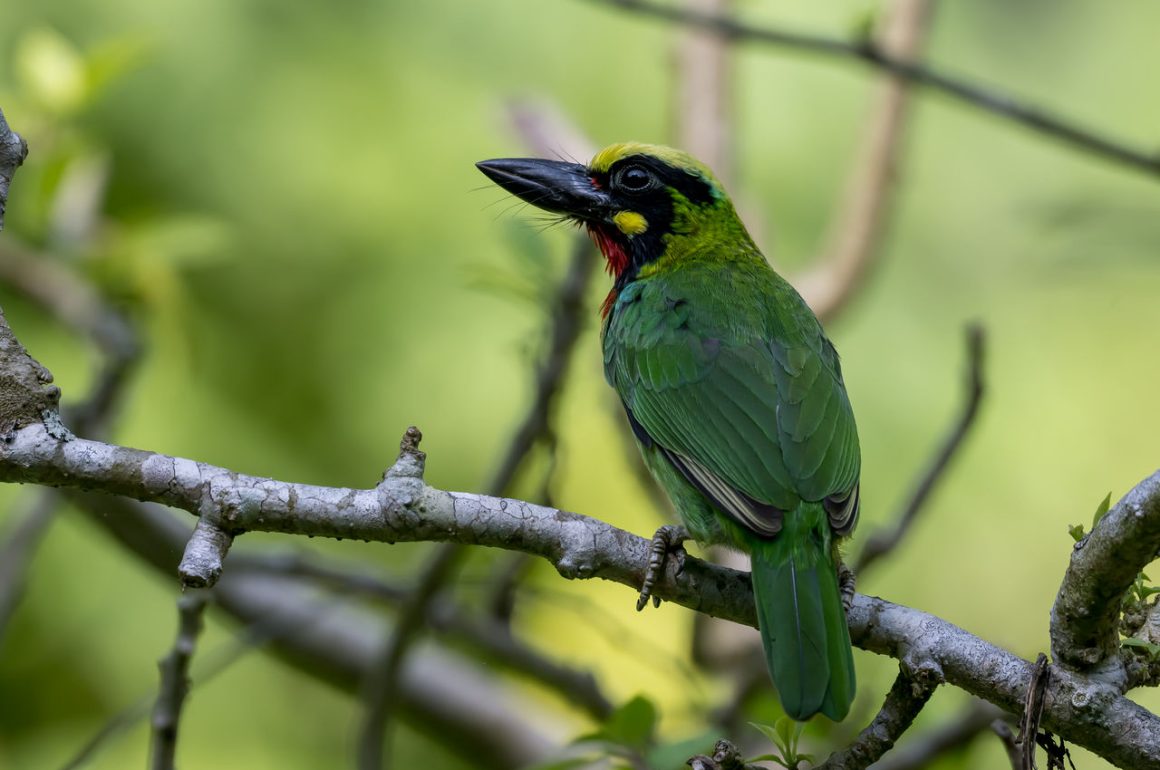
Near Raden Soerjo Forest Park, there is a nice little restaurant run by local birders. The name “Retrorika” is indicative of some of the design elements – old tape decks and mix tapes. One room of the restaurant seems to be the HQ of the local young birders – friendly people with bird books who speak English as well. Worth checking out (https://birdpacker.org/). They have also published a local bird guide (in Indonesian) as well as a few bird posters, though they all seem to be out of print now.
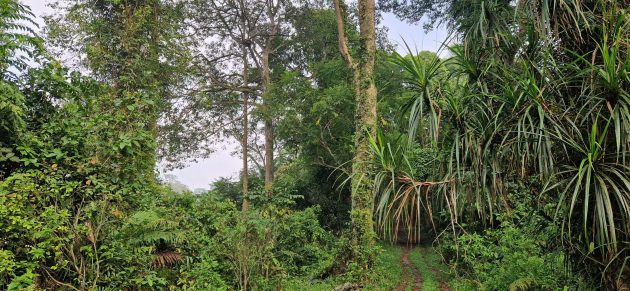
It was just a few meters from this place – right before dinner there – that I encountered a few Barred Buttonquails. Cute as they look, two of them were fighting (probably females, see below) and thus probably did not think of each other as particularly cute.
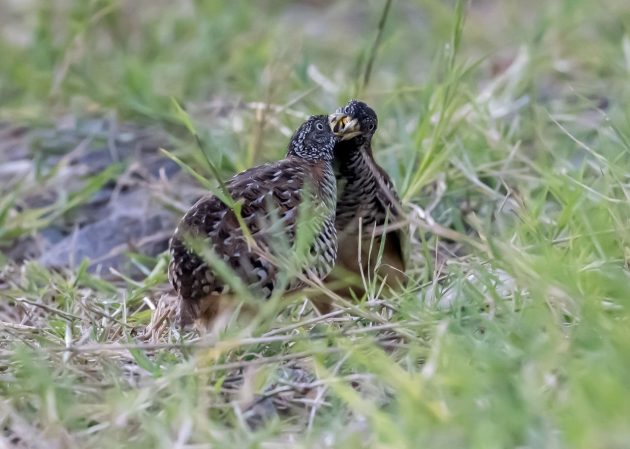
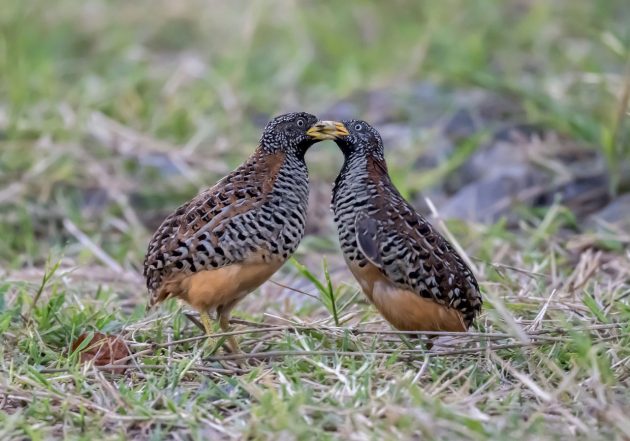
Their scientific genus name Turnix sounds like a minor character in an Asterix cartoon (the -ix, of course) while I am not sure about the species name suscitator. It means something like “awakener”, but I have not been able to figure out what turns this particular quail into an awakener of any kind. ChatGPT has a few different potential explanations but overall seems to be a bit unsure too, which – given how self-assured ChatGPT usually is – I find almost charming.
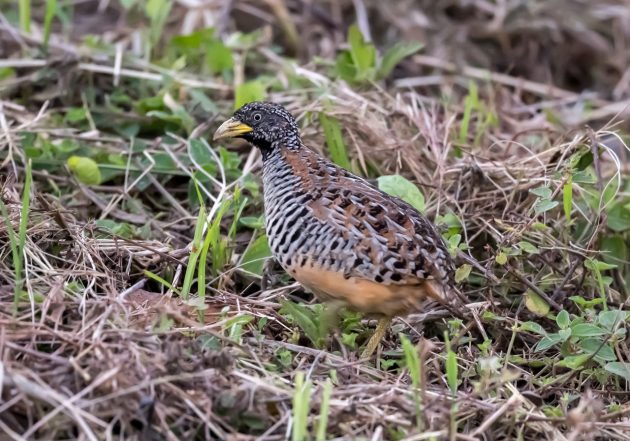
The Barred Buttonquail is one of the relatively few bird species with reversed gender roles – the females are polyandrous (which does not mean that they speak fluent classic Greek but rather that they have more than one male partner within one breeding season). They leave the incubation and chick care entirely to the males, a behavior that would presumably be frowned upon in all but the most progressive human societies.
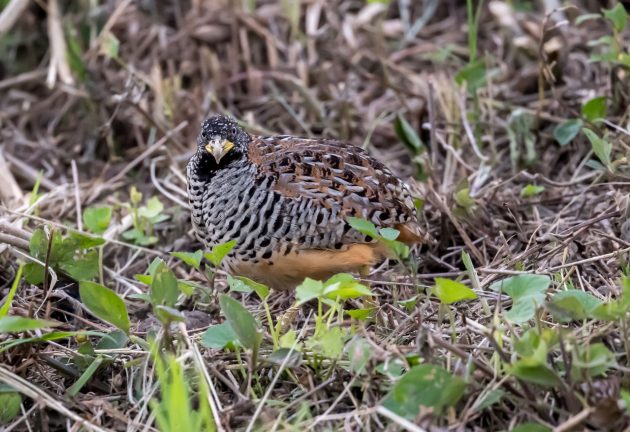
However, there is a downside to this for females as well – males live, on average, 1.7 times longer than females (source).
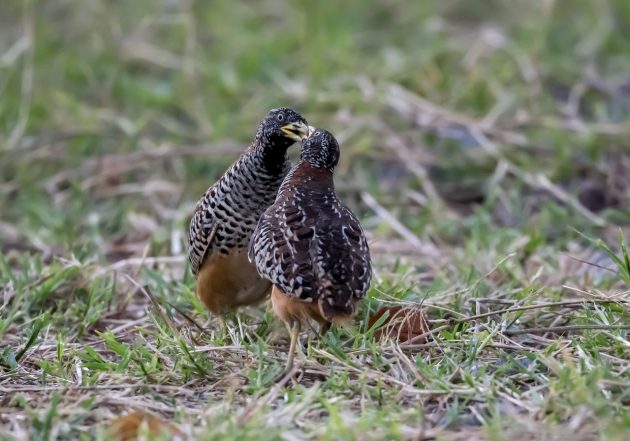
eBird states that it looks “like a diminutive partridge or quail but [is] only distantly related”, which gives me a good link to the Chestnut-bellied Partridge seen in a hide earlier that day.
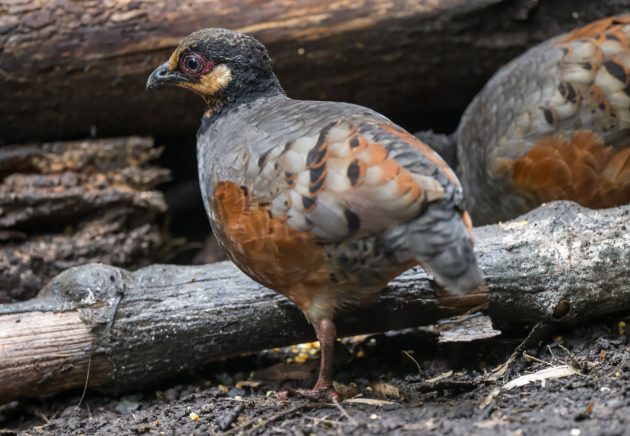
Like many species in Indonesia, it is endemic to the country – Indonesia is the country with the largest number of endemic species (more than 400), a result of Indonesia’s vast size, large number of islands, and its location within two major biodiversity hotspots (Sundaland and Wallacea).
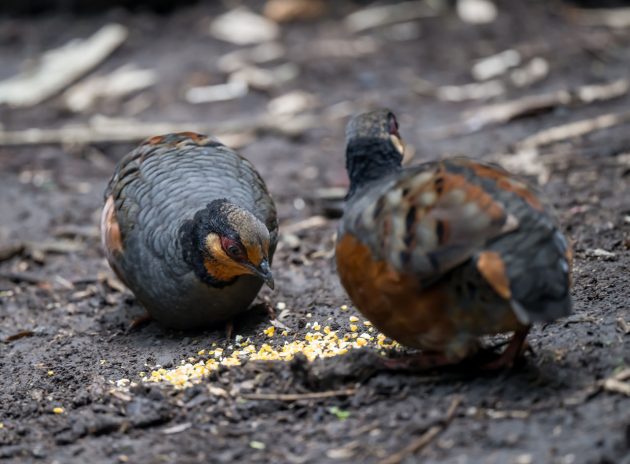
Therefore no prizes for guessing how the scientific name Arborophila javanica came about.
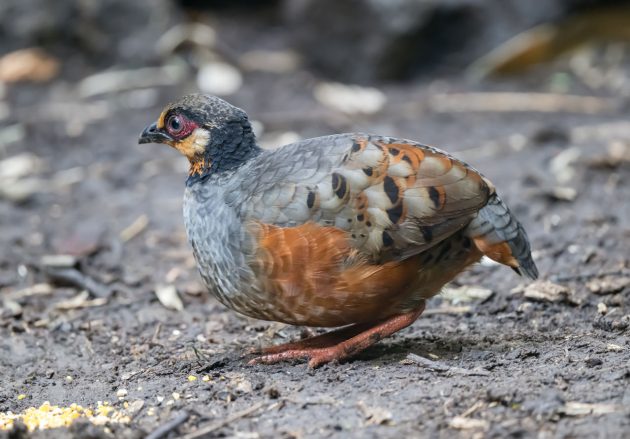
Unfortunately, this does not mean the people of Java care too much about this bird. Instead, some of them trap it and sell it in bird markets. This is done in quite large numbers – a paper estimates that annually 3500 Chestnut-bellied Partridges are sold in the bird markets on Java and Bali. The average price in these markets is about 31 USD.
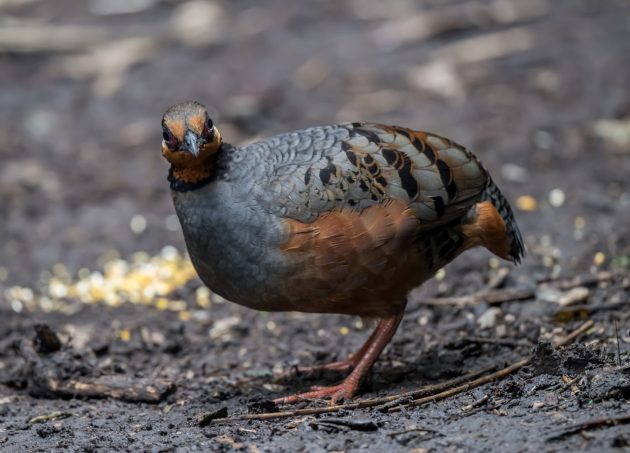
I fully agree with the conclusion of the paper: “The presence of both species over a 27-year period in numerous bird markets, and over the last decade online, indicated the absence of commitment and political and societal pressures to curb the illegal trade in birds in Indonesia.”
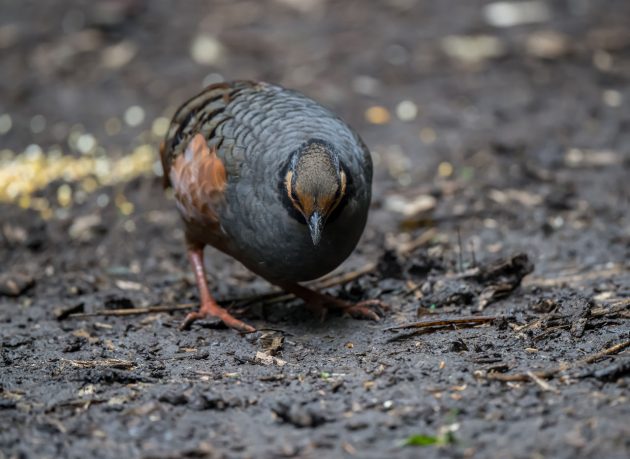
Staying with the theme of endemism (which to be honest, I am generally a bit skeptical of, as it seems to me to be too closely related to nationalism), the Pied Shrike-babbler is another one (specifically, a Javan endemic).
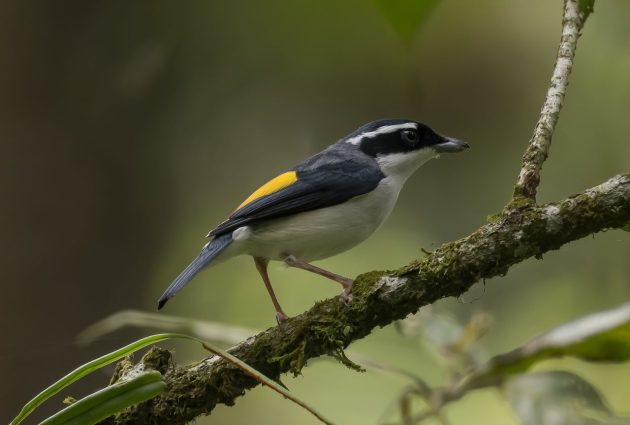
It looks quite similar to the White-browed Shrike-babbler, and indeed I misidentified it as that until being corrected by my guide.
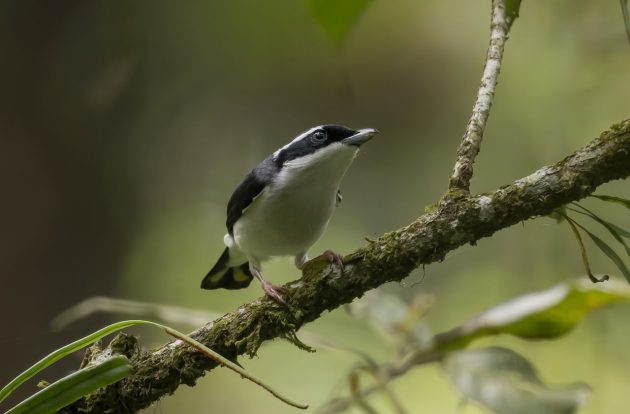
As with many of these relatively recent splits, not much is known about the species – for example, here is the Cornell entry on Diet and Foraging: No information, but diet and foraging behavior presumably similar to those of P. aeralatus [the White-browed Shrike-babbler].
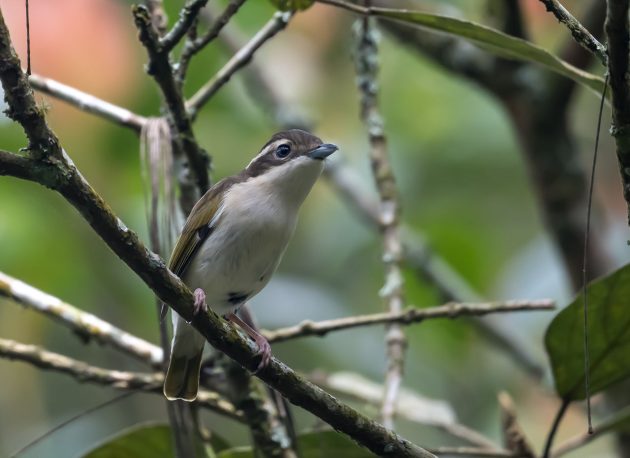
Staying with these clumsy double names (like German women clinging to their maiden names, when keeping your own name was not an option yet), another sighting was that of a Black-winged Flycatcher-shrike.
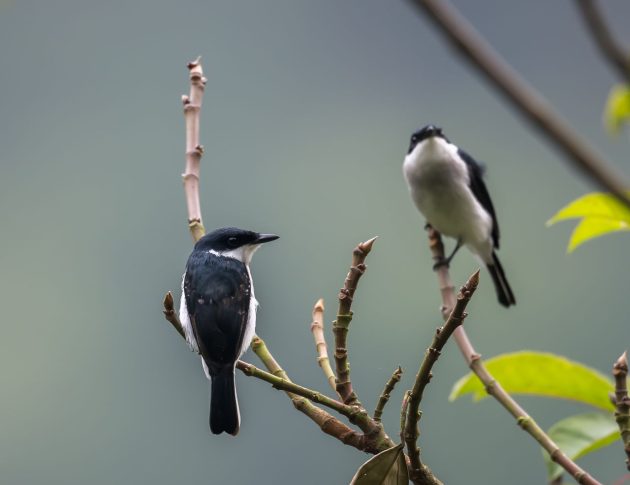
If you know some scientific names of common birds, you might guess that the scientific name of this species (Hemipus hirundinaceus) indicates that it is “swallow-like”.
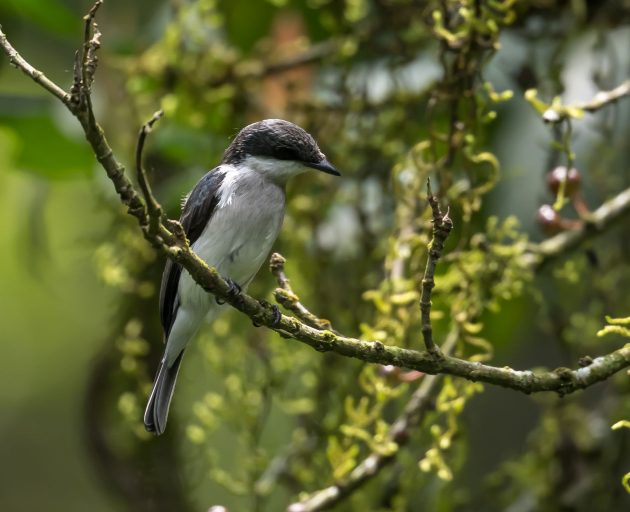
Overall, the sexes look similar, but the female is brownish in the areas where the male is black.
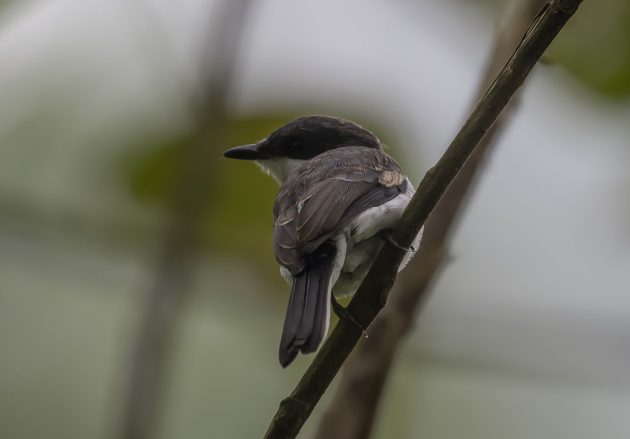
I hope for the eBird writers that no strict feminist ever reads the eBird description of the Little Pied Flycatcher: “Male is strikingly unique with his bold black-and-white patterning. Female is unique in her plainness”.
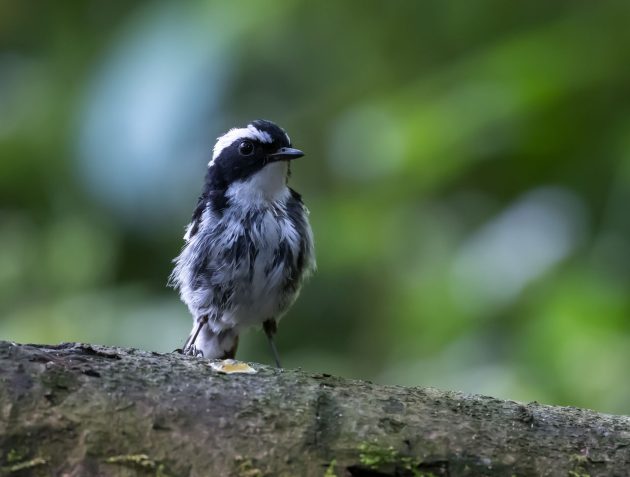
Actually, I think the description is a bit unfair, though of course, given the choice, I would also prefer a catchy but misleading characterization to a boring correct one. To me, the female also looks interesting (I can usually tell by the number of photos I develop rather than the number I shoot).
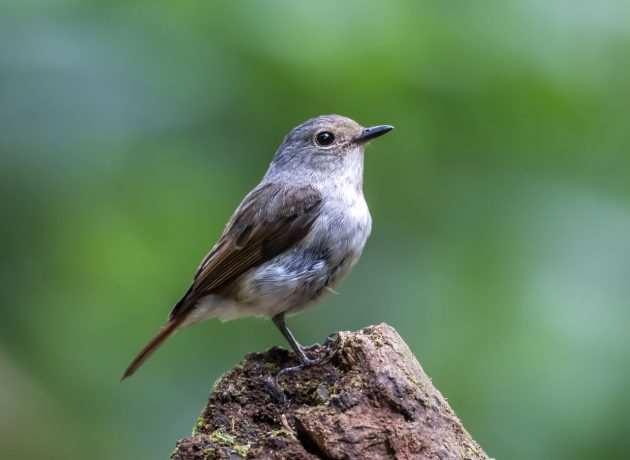
Though admittedly, the male looks much cuter.
Back to endemics – the Black-banded Barbet is only found on Java and Bali.
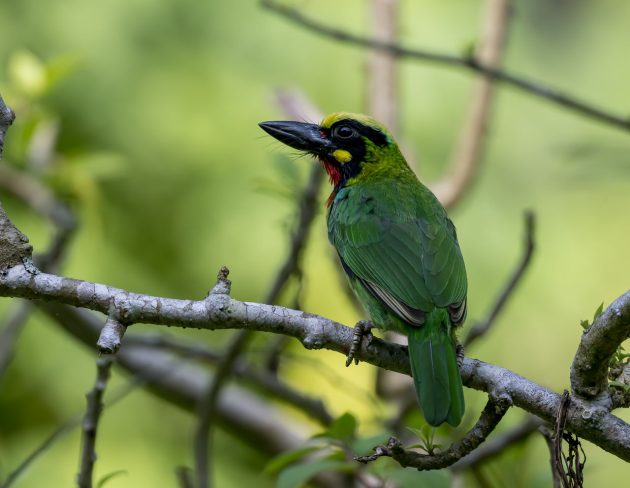
It is one of the 35 species of Asian barbets. Africa has another 43 barbet species, though these are in a different family.
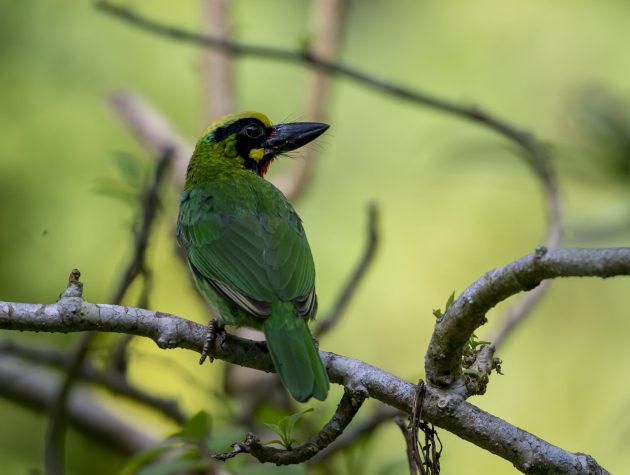
The name Black-banded Barbet was given to the species by Thomas Horsfield in 1812 – and by an amazing coincidence, a few years later, he described another species which then got his name:
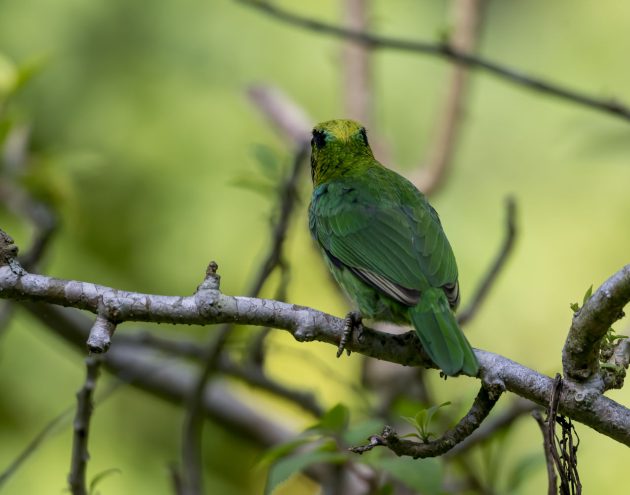
Horsfield’s Babbler. Thomas Horsfield (1773 – 1859) was an American physician and naturalist who worked extensively in Indonesia and later was a museum curator in London.
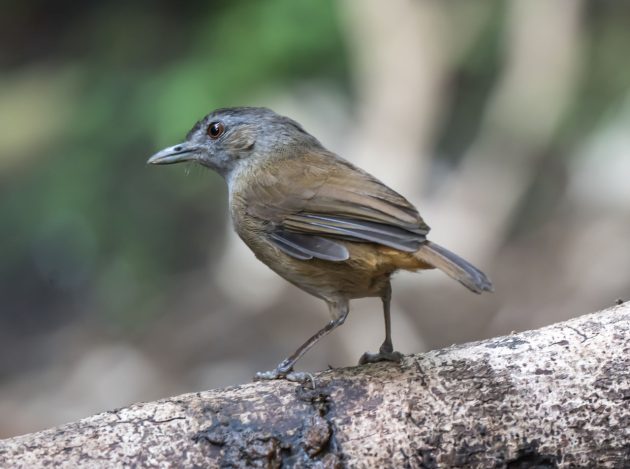
Horsfield could have chosen a more interesting bird, such as the barbet – eBird describes Horsfield’s Babbler as a “small, dull babbler with a short tail”.
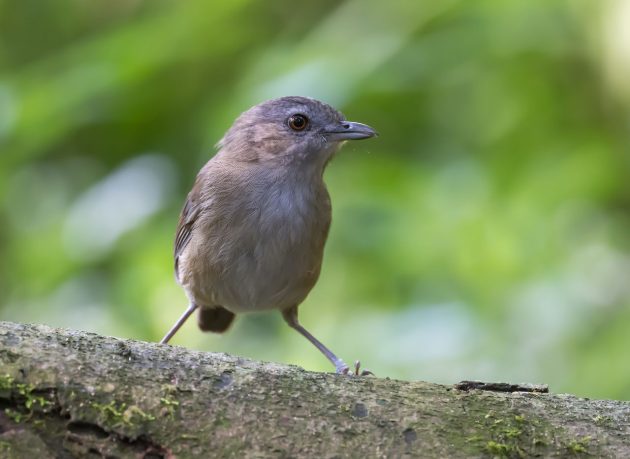
Maybe he was just a very modest guy.
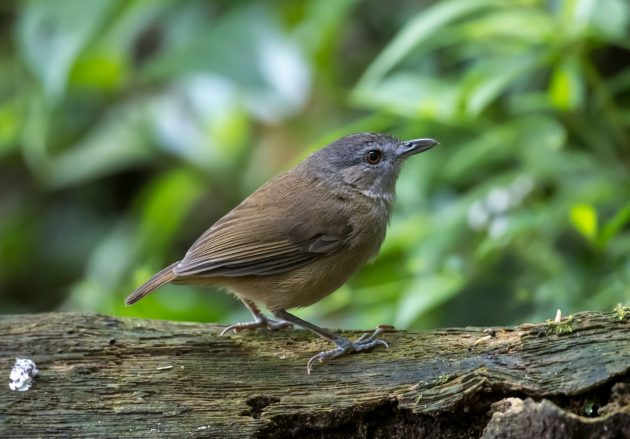
I had seen several Lesser Shortwings in Vietnam earlier, so I was not too excited about the species this time.
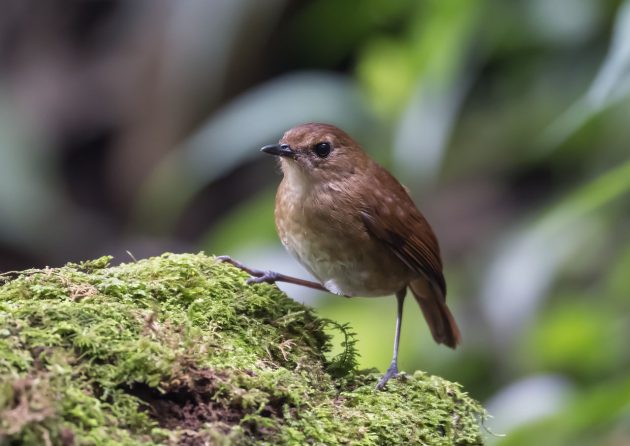
Though I still think it is a cute bird as well, just to give you my scientific opinion.
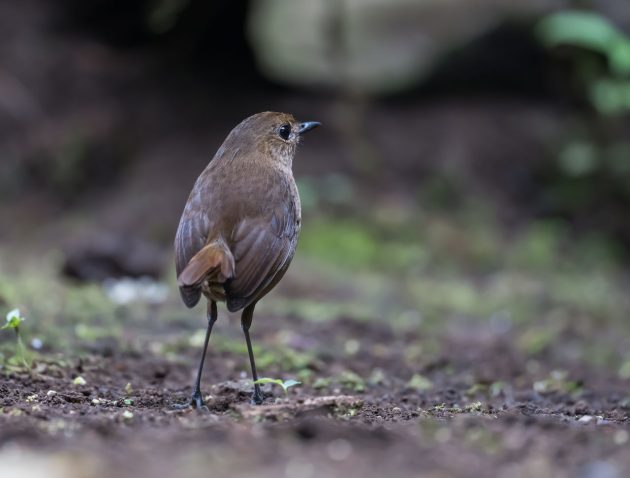
I was told the Orange-breasted Trogon is only rarely seen at Raden Soerjo.
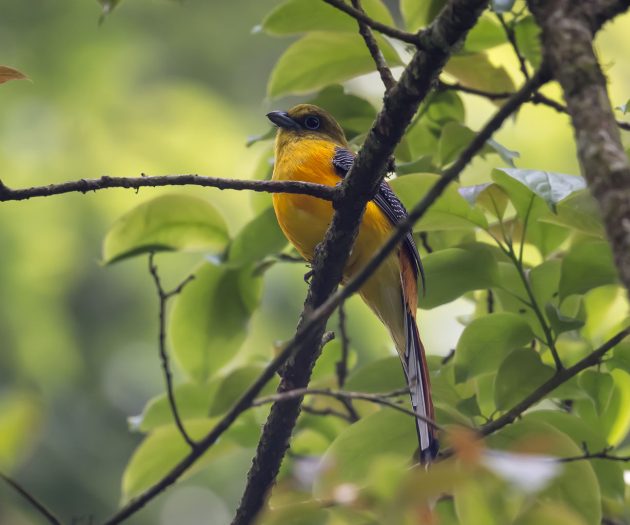
To end this post, here are three more species all starting with Javan. All three are endemic to Indonesia, with a specific focus on Java.
The Javan Leafbird is a Javan endemic. It is listed as Endangered despite being rather good at camouflage.
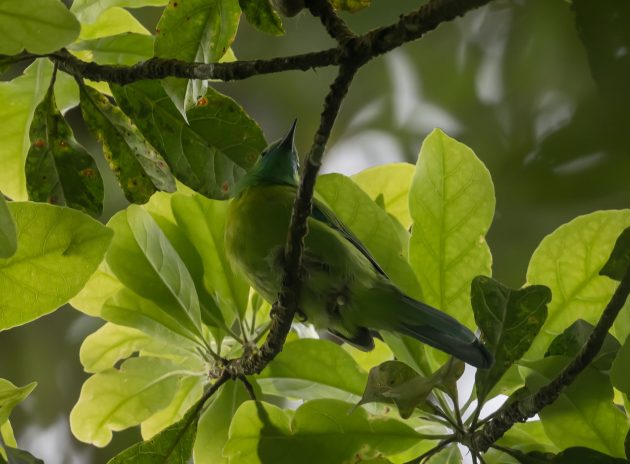
It was recently split from the Blue-winged Leafbird.
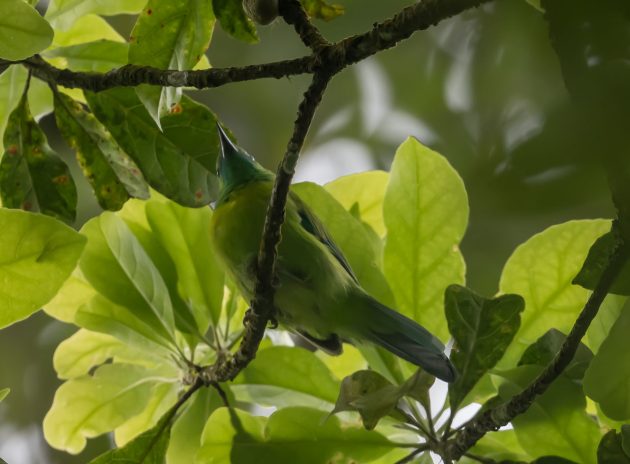
The Javan Bush Warbler is fortunate enough to like higher elevations, a preference also indicated in its scientific name Locustella montis.
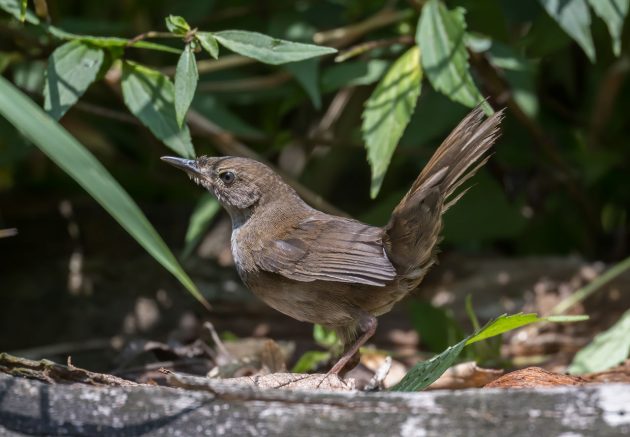
In fact, it is one of the relatively few species for which Cornell – in the “Conservation Status” section – sounds almost optimistic: “its preference for higher elevations, where pressure from human habitation is low, and its fondness of open slopes, which have been cleared of trees, should not only ensure its survival but probably also allow an increase in its population”.
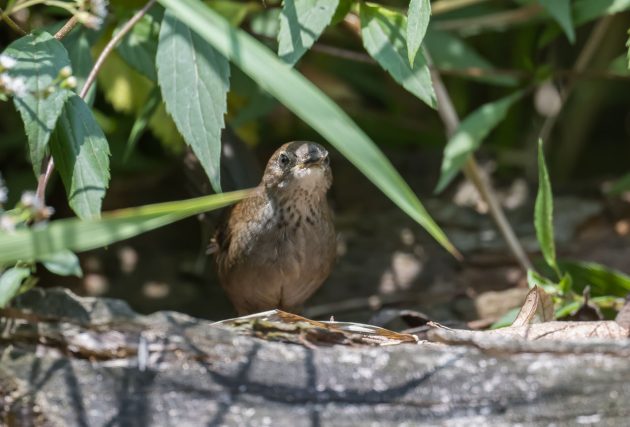
Unfortunately, this is not true for the Javan Scimitar Babbler despite a similar scientific name (Pomatorhinus montanus) which presumably also indicates a preference for higher elevations.
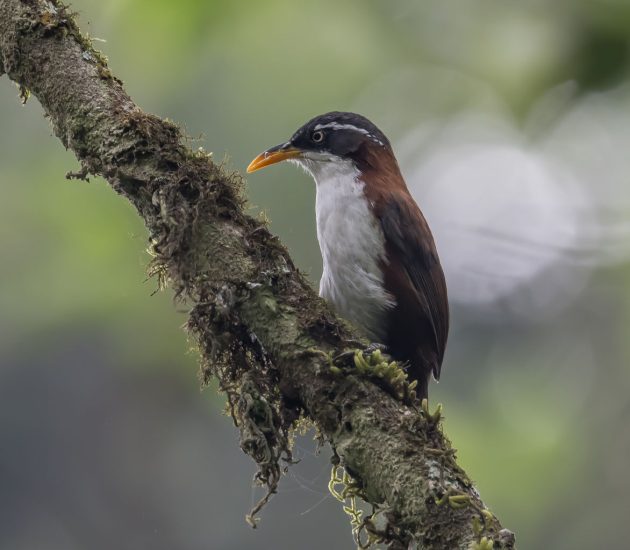
It is listed as Vulnerable. You can guess the reason: “It is considered to be threatened with extinction because of capture for the cagebird trade, the only identified threat, which is suspected of having driven declines of c. 30–49% over the past ten years (2013–2023)” (Birdlife.org).
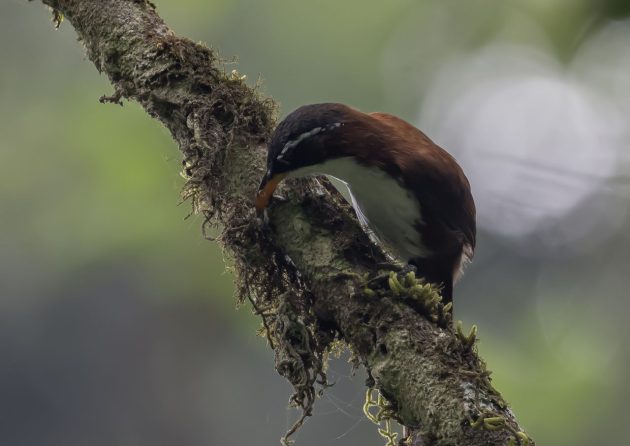
And yes, the scientific name of the species was also given by Thomas Horsfield. He must have had a busy time on Java.
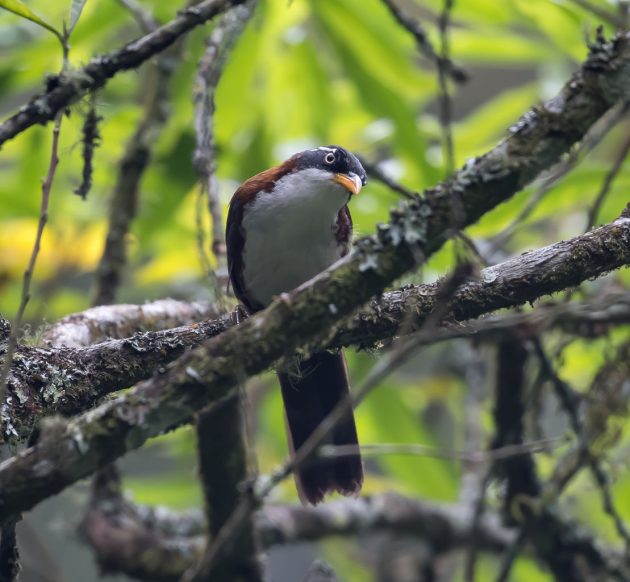
Part 1 of the visit to Raden Soerjo can be found here.



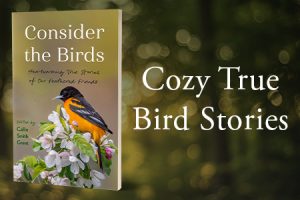


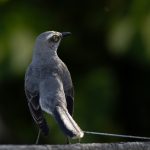


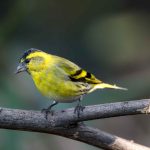

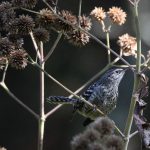
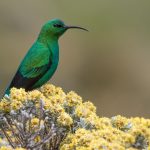
Nothing more annoying (and fun at the same time!) than reading about a place I have just visited… I want to go back to East Java – I need to see all these birds.
Likewise Peter, I lived and worked in Java for four and a half years, long before the birding bug bit!
It is definitely a place worth going, though it may be quite tough to find birds without a knowledgeable guide due to the widespread hunting. Much esier to find caged birds there, sadly …